Hornbills are mainly fruit eaters, although their diet also includes invertebrates including caterpillars, small amphibians, reptiles and mammals.
In Thailand a total of 13 species have been recorded. The different types of foods these spectacular birds take have been well documented by the Hornbill Research Foundation of Thailand.
Figs (Ficus spp.) are an important source of the hornbill’s diet. There are many species of figs and many of them flower throughout the year. This means that there would always be some trees figging at any time of the year.
Other than figs, a total of more than 60 species of rainforest trees provide these birds with food. These are mainly under-storey trees, many of which are also found outside the forests.
The most important of these plant families include Myristicaceae: Myristica (left top), Knema (left middle) and Gymnacranthera (below, top left); Meliaceae: Aglaia spectabilis (below, top middle), Chisocheton (left bottom), Dysoxylon; Annonaceae: Polyalthia (below, top right); Lauraceae: Litsea (below, bottom left); Myrtaceae: Syzygium; Palmae: Oncosperma; Rubiaceae: Canthium below, bottom right); Sterculiaceae: Sterculia (below, bottom middle) and Theaceae:
Besides fruits, hornbills have been known to take millipede (below left), caterpillar, grasshopper, beetle (below middle), gecko and rat (below right). An animals diet is most important during nesting as the growing chicks need a constant source of proteins.
Two earlier posts on hornbills of Thailand are found HERE: 1 and 2.
Input from Hornbill Research Foundation; images courtesy of Dr Pilai Poonswad.


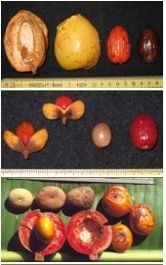
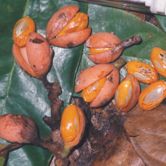
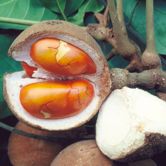
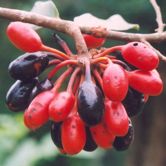
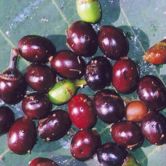
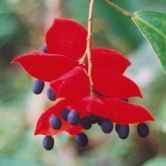
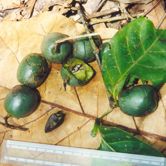
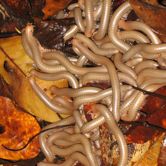
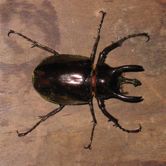
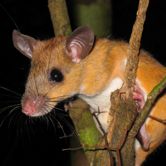







One Response